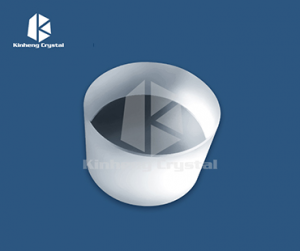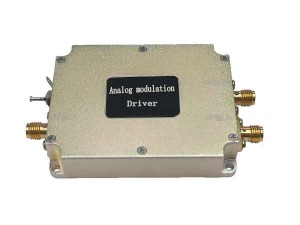CdTe Substrate
Description
CdTe (Cadmium Telluride) is an excellent material candidate for high detection efficiency and good energy resolution in room-temperature nuclear radiation detectors.
Properties
| Crystal |
CdTe |
| Growth Mehod |
PVT |
| Structure |
Cubic |
| Lattice Constant (A) |
a = 6.483 |
| Density ( g/cm3) |
5.851 |
| Melting Point (℃) |
1047 |
| Heat Capacity (J /g.k) |
0.210 |
| Thermal Expans. (10-6/K) |
5.0 |
| Thermal Conductivity ( W /m.k at 300K ) |
6.3 |
| Transparent wavelength ( um) |
0.85 ~ 29.9 (>66%) |
| Refractive Index |
2.72 |
| E-OCoeff. (m/V) at 10.6 |
6.8x10-12 |
CdTe Substrate Definition
CdTe (Cadmium Telluride) substrate refers to a thin, flat, hard substrate made of cadmium telluride. It is often used as a substrate or base for thin film growth, especially in the field of photovoltaic and semiconductor device manufacturing. Cadmium telluride is a compound semiconductor with excellent optoelectronic properties, including direct band gap, high absorption coefficient, high electron mobility, and good thermal stability.
These properties make CdTe substrates suitable for a variety of applications, such as solar cells, X-ray and gamma-ray detectors, and infrared sensors. In photovoltaics, CdTe substrates are used as the basis for depositing layers of p-type and n-type CdTe materials that form the active layers of CdTe solar cells. The substrate provides mechanical support and helps ensure the integrity and uniformity of the deposited layer, which is critical for efficient solar cell performance.
Overall, CdTe substrates play a crucial role in the growth and fabrication of CdTe-based devices, providing a stable and compatible surface for the deposition and integration of other layers and components.
Imaging And Detection Applications
Imaging and detection applications involve the use of various technologies to capture, analyze and interpret visual or non-visual information to detect and identify objects, substances or anomalies in a given environment. Some common imaging and inspection applications include:
1. Medical Imaging: Technologies such as X-rays, MRI (Magnetic Resonance Imaging), CT (Computed Tomography), Ultrasound, and Nuclear Medicine are used for diagnostic imaging and visualization of internal body structures. These technologies help detect and diagnose everything from bone fractures and tumors to cardiovascular disease.
2. Security and Surveillance: Airports, public places, and high-security facilities employ imaging and detection systems to check luggage, detect concealed weapons or explosives, monitor crowd movement, and ensure public safety.












